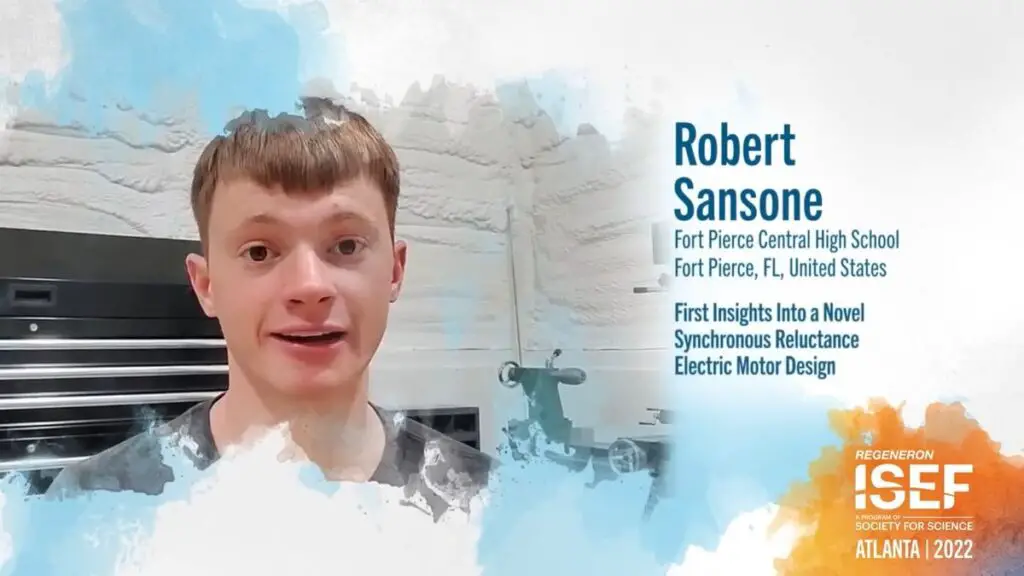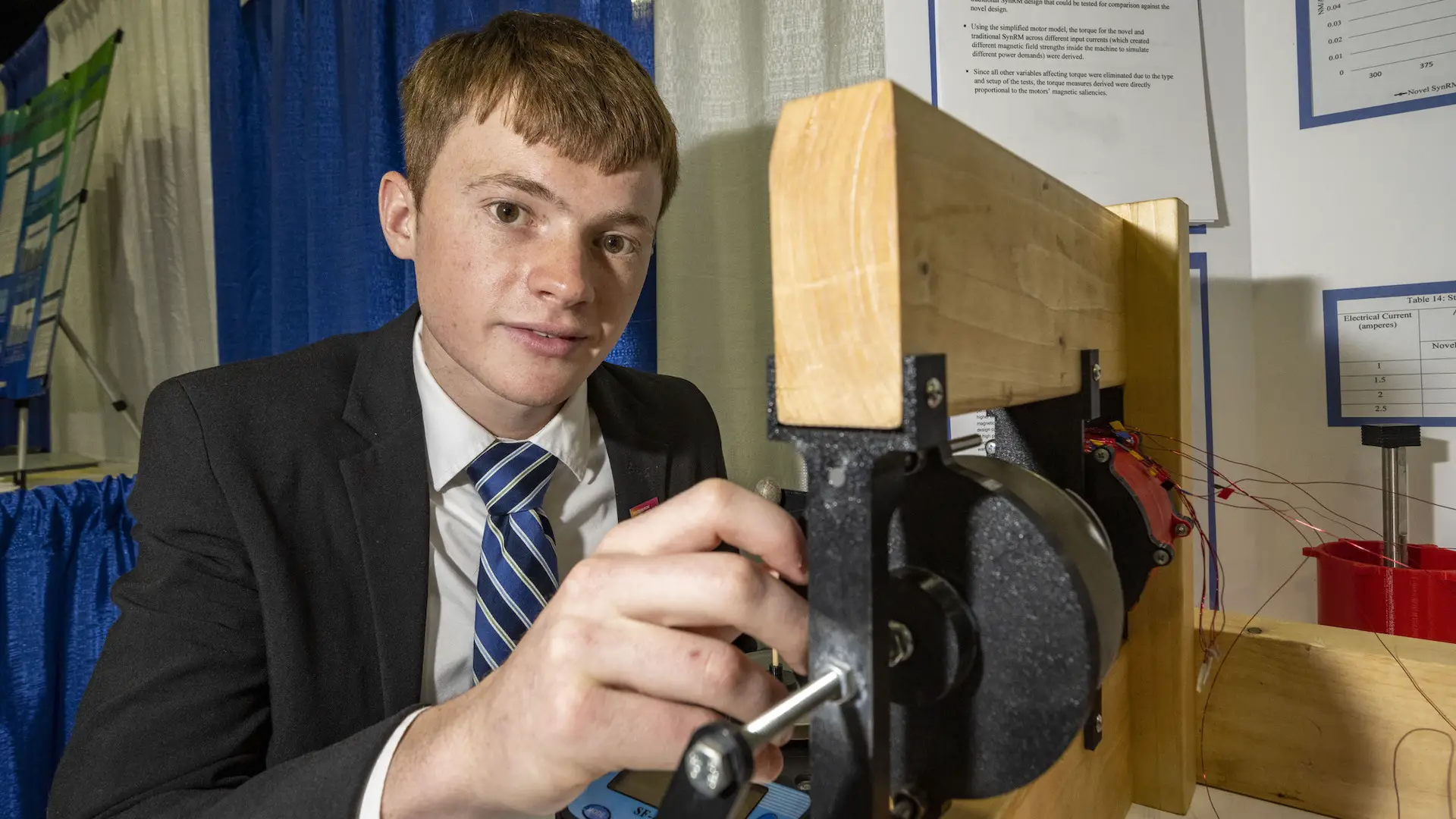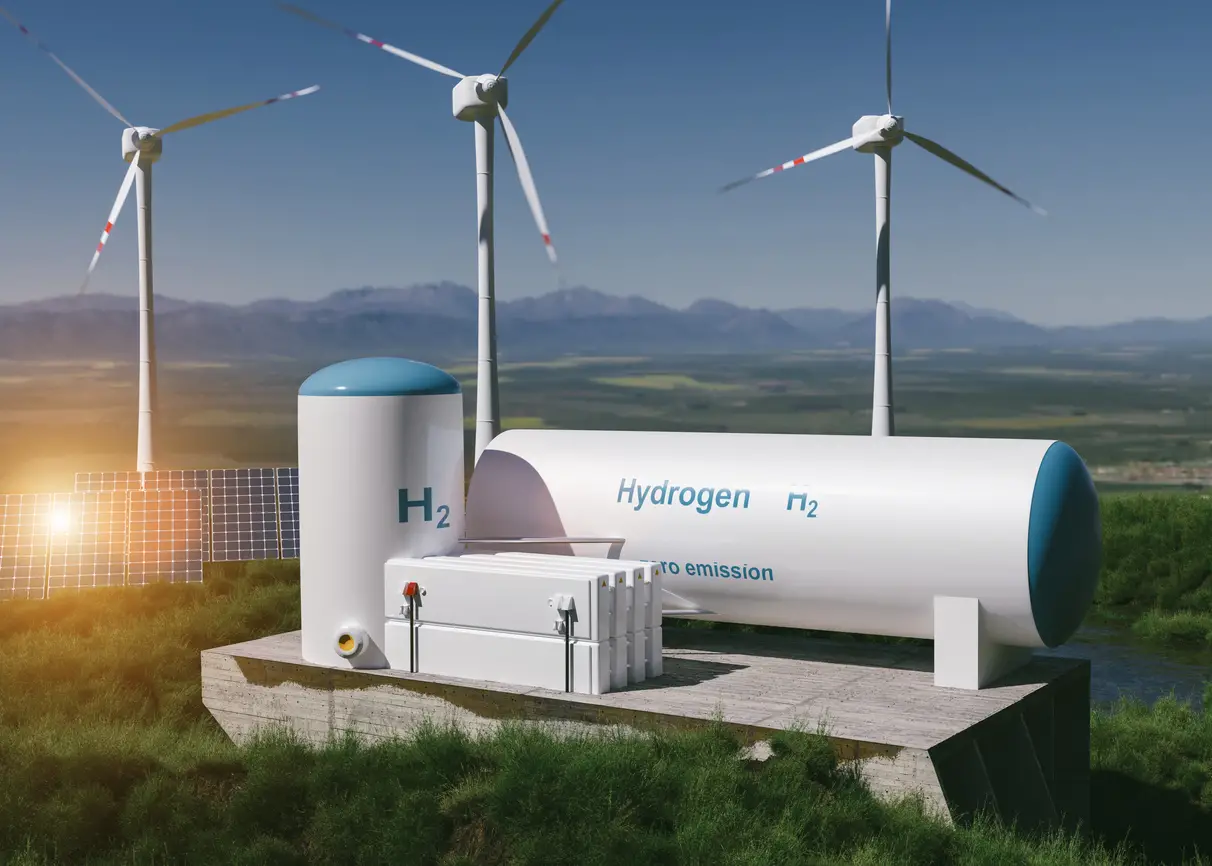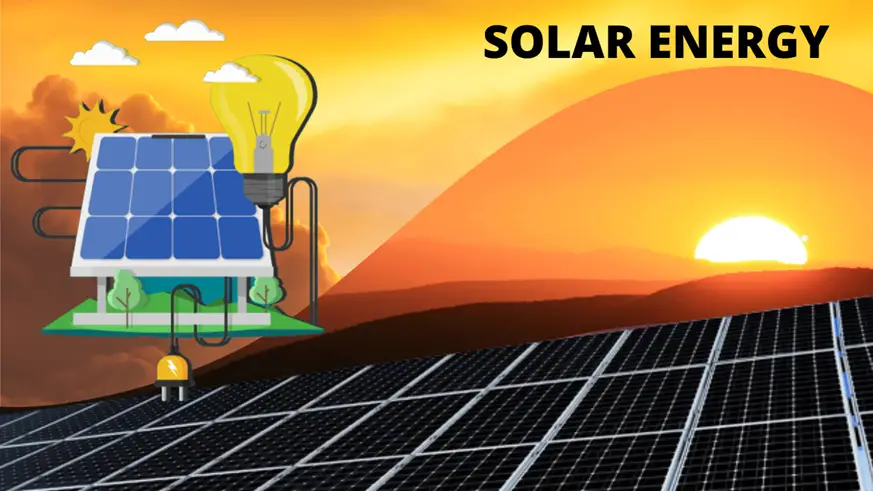“A 17-year-old natural born engineer” – Robert Sansone created a magnet-free prototype for vehicle motors.
Robert Sansone is a Fort Pierce, Florida-based high school boy with a naturally great interest in electronics and motors. In his spare time, he invented animatronic hands, high-velocity running shoes, and a go-kart with a top speed of more than 70 mph and more than 70 miles per hour.
Robert Sansone’s Inventory Won First Prize

Sansone, who has employed electric motors in various robotics projects, claims he has a natural interest in them. And says, “I wanted to address the sustainability issue and develop an alternative engine.”
The high school student has heard about synchronous reluctance motors, which don’t use these rare-earth components. This motor is employed in pumps and fans but needs to be more vital to operating an electric car. Sansone then began to come up with ideas to make it perform better.
In the most significant worldwide high school STEM competition, the Regeneron International Science and Engineering Fair (ISEF), Robert Sansone won the first prize and $75,000 in winnings for inventing a prototype of a brand-new synchronous reluctance motor that was more effective and had more rotational force than similar models.
Last year in his youtube video, he explained the advantages and disadvantages of the natural electromagnetic field and its unsustainable issue. He used this inventory in his prior inventions because of the same problem, so he studied it and discovered the solution by inventing the sustainable magnet-free motor prototype.
University of’s electrical and computer engineering professor MichiganHeath Hofmann explains that the less environmentally friendly permanent magnet motors use materials like samarium, dysprosium, and neodymium, which are highly sought-after they are utilized in numerous products, like headphones and earbuds. Hofmann has done a lot of work on electric cars, including working with Tesla to design the propulsion drive’s control algorithms.
Magnet Free e-vehicle Prototype
Like Sansone, major corporations like BMW and MAHLE are creating magnet-free motors. In particular, manufacturing conventional magnet motors is a discredit to the EV sector, which is focused on sustainability. Since China is the source of the vast bulk of the rare-earth metals needed, the western EV industry is now heavily dependent on imports.
The new BMW iX M60 will be powered by a fifth-generation electric motor from BMW that is both magnet and rare-earth-metal-free. The new iX M60 from BMW will have a baseline combined output, a power output of 532 hp, and 749 lb-ft of torque.
Meanwhile, the maker of automotive components, MAHLE, also unveiled its own non-rare earth magnetless electric motor. That motor has a unique design that allows contactless power transmission to generate torque, making it wear-free and highly effective at high speeds. Some other brands also use their way to create magnet-free prototypes BMW, Audi, Renault, and others.
The motor used by Sansone has a distinctive design. A steel rotor with air gaps is used in synchronous reluctance motors and is aligned with a spinning magnetic field. The engine uses magnetic reluctance to produce a magnetic field. Sansone could incorporate a second magnetic field by reducing the air gaps from the standard synchronous reluctance motor design and adding extra materials. He has yet to reveal any additional details because he wants to patent his invention.
The prototype will boost up the speed of the motor to 39% with the power of 70 RPM; he doesn’t use more than that because of 3-D printed plastic. Other information he saved for the inventory he wanted to patent.
Robert Sansone talked about the experiment he had done for Smithsonian Magazine.

Smithsonian Magazine has interviewed Sansone about his experiment:
“I needed to do some prototyping after I had this initial idea to see if that design would work,” Sansone says. “I don’t have many resources for making very advanced motors; I had to use a 3-D printer to create a scale model smaller than the original.”
Before he could test his concept, he had to make multiple prototypes.
“Because I didn’t have a mentor, I had to do a tonne of research every time a motor broke down and try to figure out what went wrong,” he says. “But eventually, on the 15th motor, I got a working prototype.”
Sansone is unquestionably approaching things correctly, according to Hofmann. It may become the next great thing. However, he continues, many professors spend their entire lives conducting research, and it’s “scarce that they wind up taking over the world.”
Synchronous reluctance motors, according to Hofmann, have inexpensive raw components, but the devices are complicated and notoriously challenging to produce. Therefore, their high manufacturing costs represent a barrier to their general use—and a significant constraint on Sansone’s creation.
For his motor’s 16th iteration, which he intends to construct out of more durable materials so that he can test it at higher revolutions per minute, Sansone is now working on calculations and 3-D modeling. He claims he will continue the patenting procedure if his motor continues to operate with great speed and efficiency.
Sansone aspires to attend the Massachusetts Institute of Technology as a rising senior at Fort Pierce Central High School. His ISEF prize money will be used to pay for his college expenses.
Sansone asserts that he had no intention of entering the contest at first. However, he decided to continue working on his motor when he discovered that he could finish an annual research project and paper on a subject of his choosing. in one of his classes.
He explains, “I was thinking if I can put this much effort into it, I might as well turn it into a science fair project and compete with it.” He advanced to ISEF after performing well in district and state competitions.
Sansone is holding off on approaching automakers until after his next round of testing. Still, he dreams of the day when his motor will be the preferred design for electric vehicles.
He also said, “After coming up with the first concept, Sansone recalls,” “I had to perform some prototyping to try and determine if that design would function.” I required additional resources to build highly complex motors, so I used a 3-D printer to make a scale replica.





